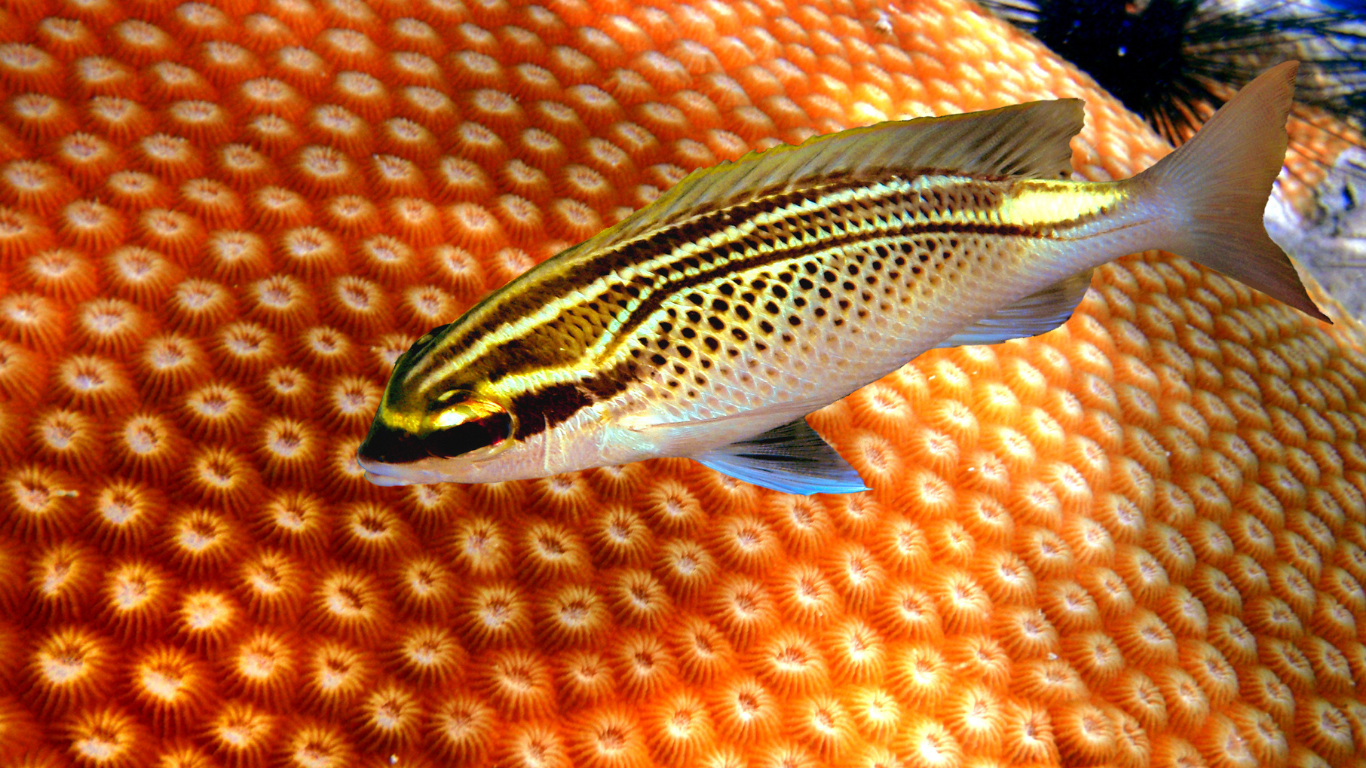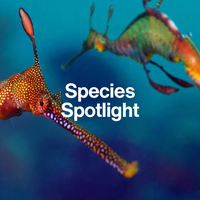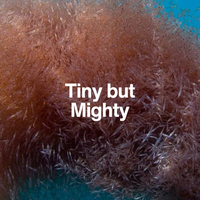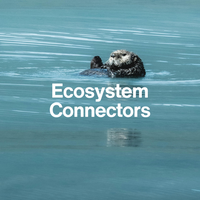The Reef’s Brightest Builder
Parrotfish

Dressed in tropical colours and armed with beak-like teeth, parrotfish do more than dazzle—they reshape reefs, one bite at a time.
Introduction
The Role Player We Can’t Afford to Lose
Parrotfish are living chisels of the reef—colourful, charismatic, and constantly at work. By grazing algae and excreting sand, they protect coral reefs from being smothered and help build the very beaches we walk on. These underwater sculptors are essential to reef health and regeneration.
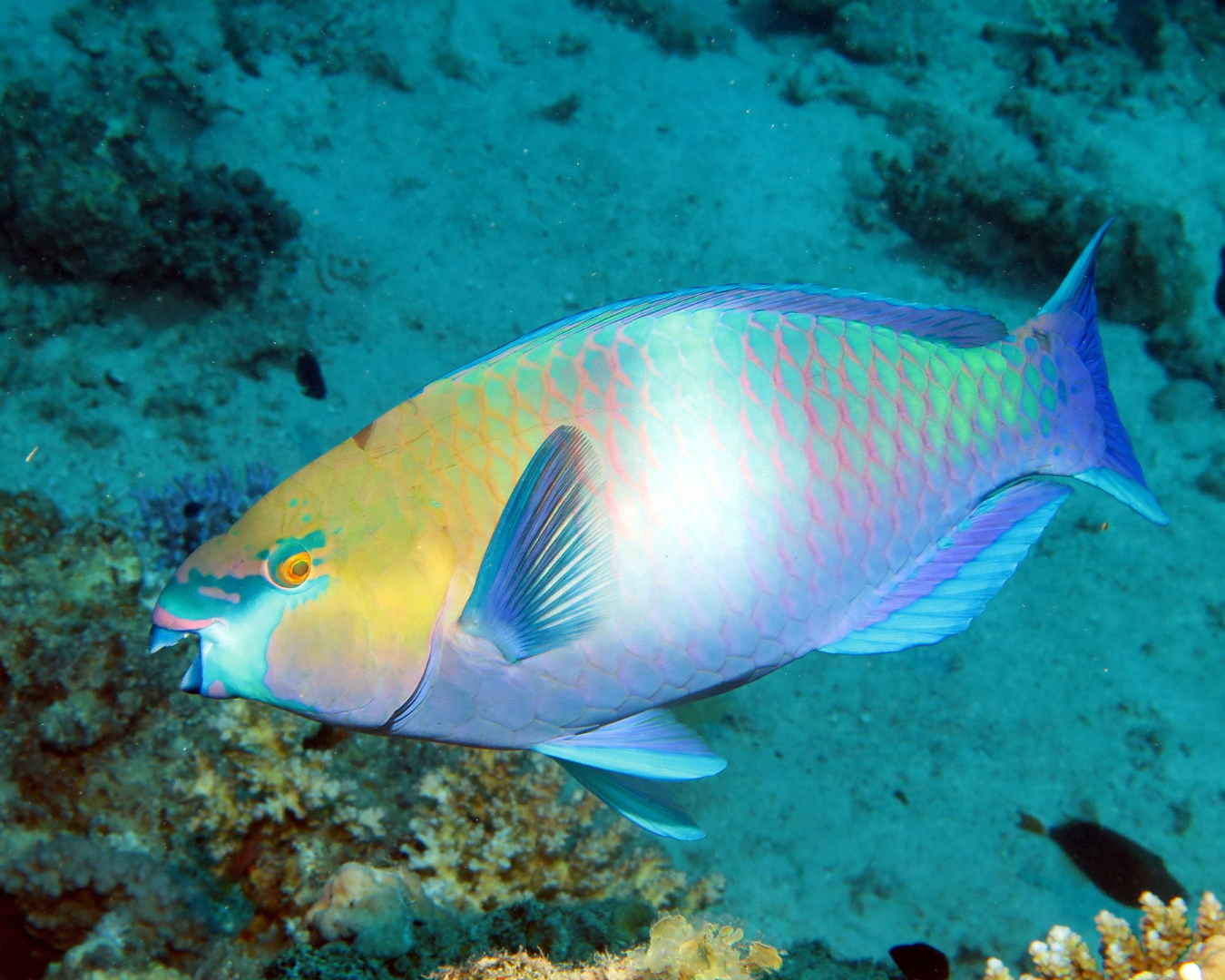
Fun Fact
Parrotfish poop sand! A single adult can produce hundreds of kilograms of white sand each year by grinding coral rock and digesting algae.
Biology & Behaviour
Beaks, Colours & Constant Grazing
Parrotfish get their name from their strong, fused teeth that resemble a parrot’s beak. This unique tool allows them to scrape algae off hard coral surfaces—a behaviour crucial for coral survival.
They use pharyngeal teeth in their throats to crush ingested coral fragments and extract nutrients from the algae within. The remaining calcium carbonate is excreted as fine sand.
Their colours and sex often change throughout their lives—a phenomenon known as sequential hermaphroditism. Many start life as females and later transform into dominant males with striking new colours.
Most species are diurnal, grazing during the day and sleeping in crevices at night, often cocooned in a mucus “sleeping bag” to mask their scent from predators.
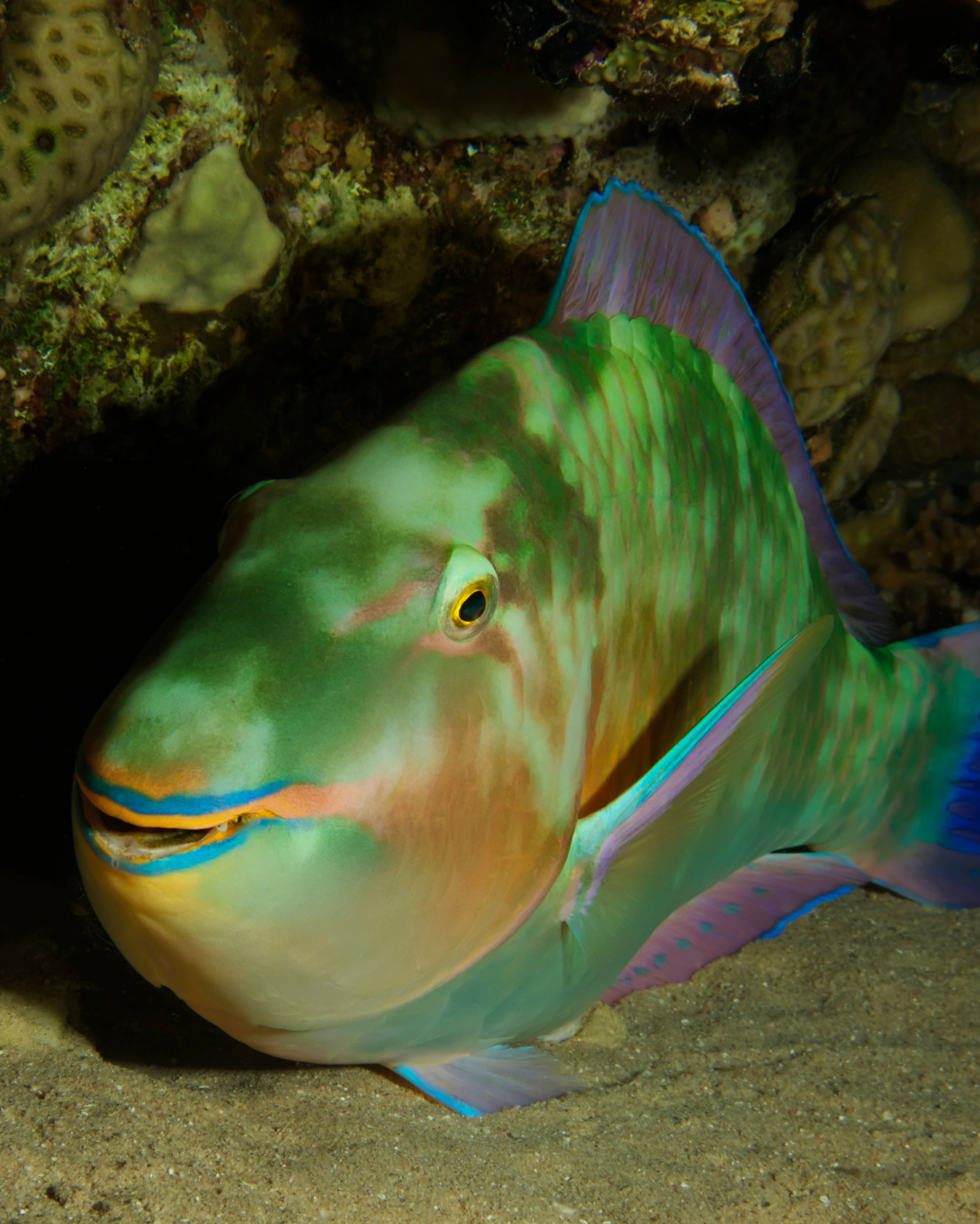
Conservation & Threats
A Role at Risk
Though not currently endangered as a group, many parrotfish species face regional declines due to:
Overfishing
especially of large individuals vital for algae control
Coral reef degradation
from pollution, bleaching, and climate change
Habitat loss
coastal development and destructive fishing practices Without them, algae can overgrow and choke coral reefs, turning vibrant habitats into lifeless rubble
Did you know?
Parrotfish sleep in self-made mucus cocoons—possibly to hide their scent from nocturnal predators like moray eels.
How Do They Connect the Ecosystem?
The Reef Gardeners
Parrotfish are often called the gardeners of the reef—and for good reason.
By constantly grazing algae, they:
- Prevent algae from smothering corals
- Clear space for coral larvae to settle
- Boost reef resilience after bleaching events
Their sand production helps form islands and beaches, and their daily routines keep coral ecosystems healthy and functioning. In short, they don’t just live in reefs—they help create and protect them.
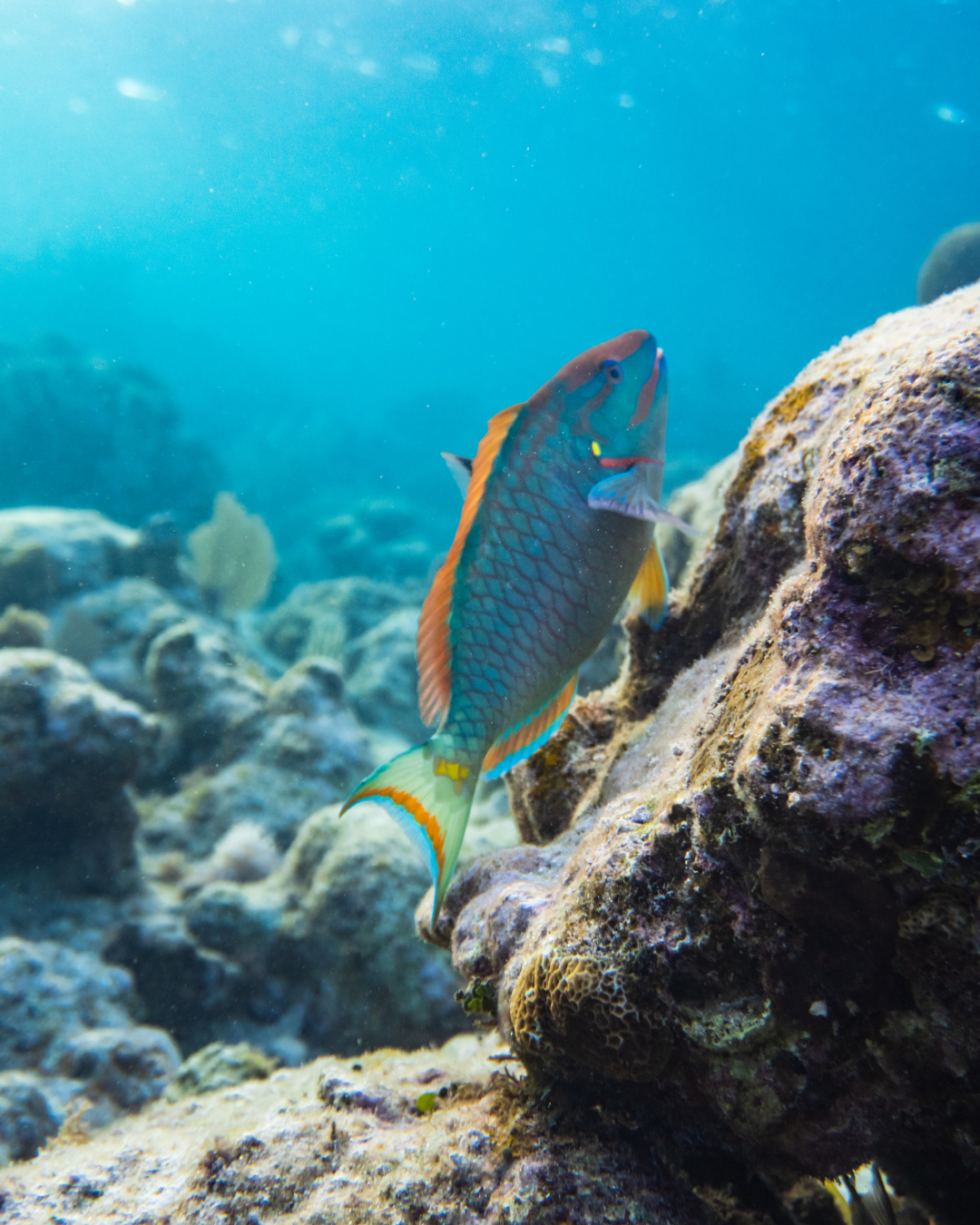
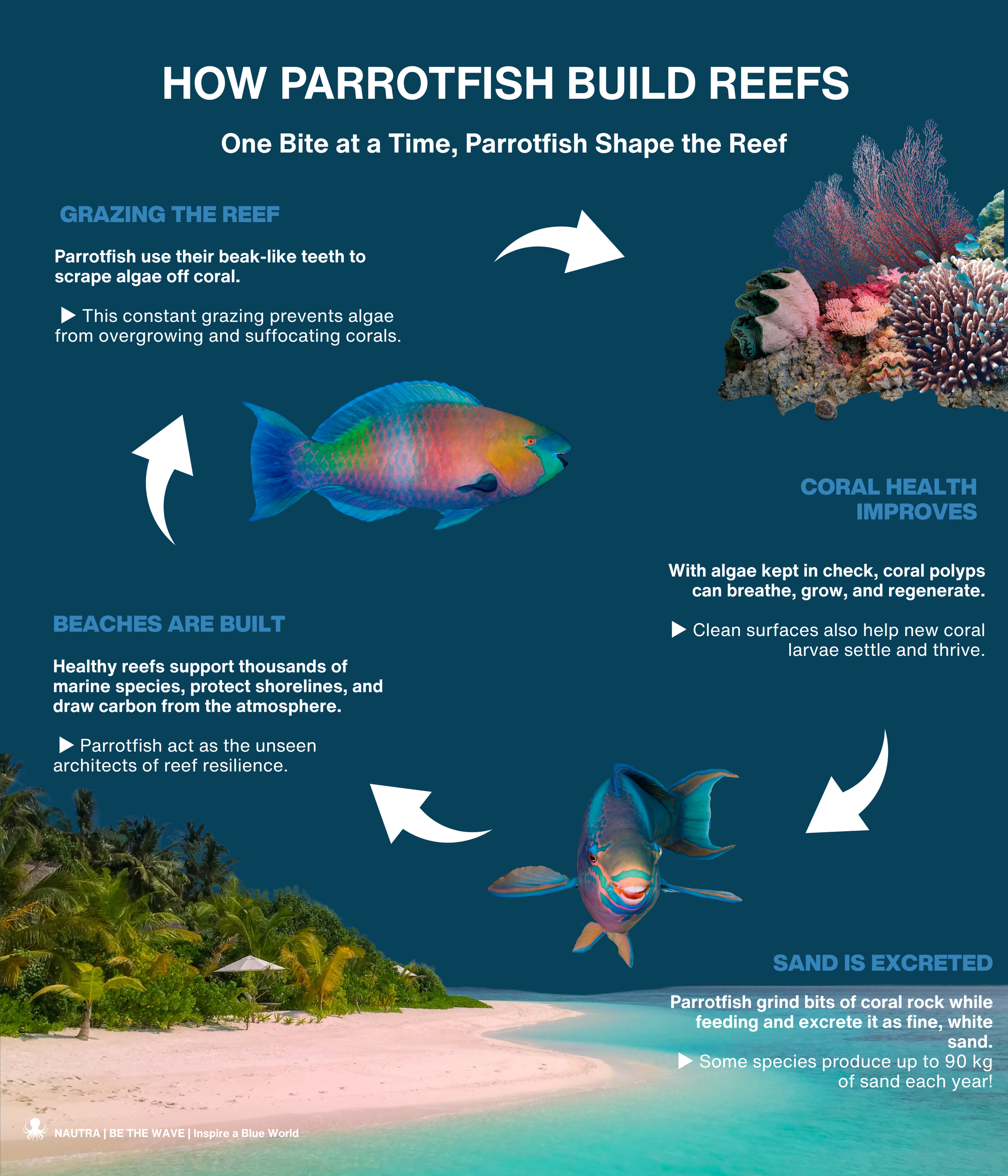
Hope & Action
Let Them Graze
Reefs with healthy parrotfish populations are more resilient. Protecting them means:
- Creating no-take marine reserves
- Enforcing size and gear limits in fisheries
- Raising awareness of their ecological role
Supporting coral restoration efforts In places like Belize, protections for parrotfish have already led to reef recovery. Letting these reef gardeners do their job is one of the simplest, most effective ways to help coral reefs thrive.
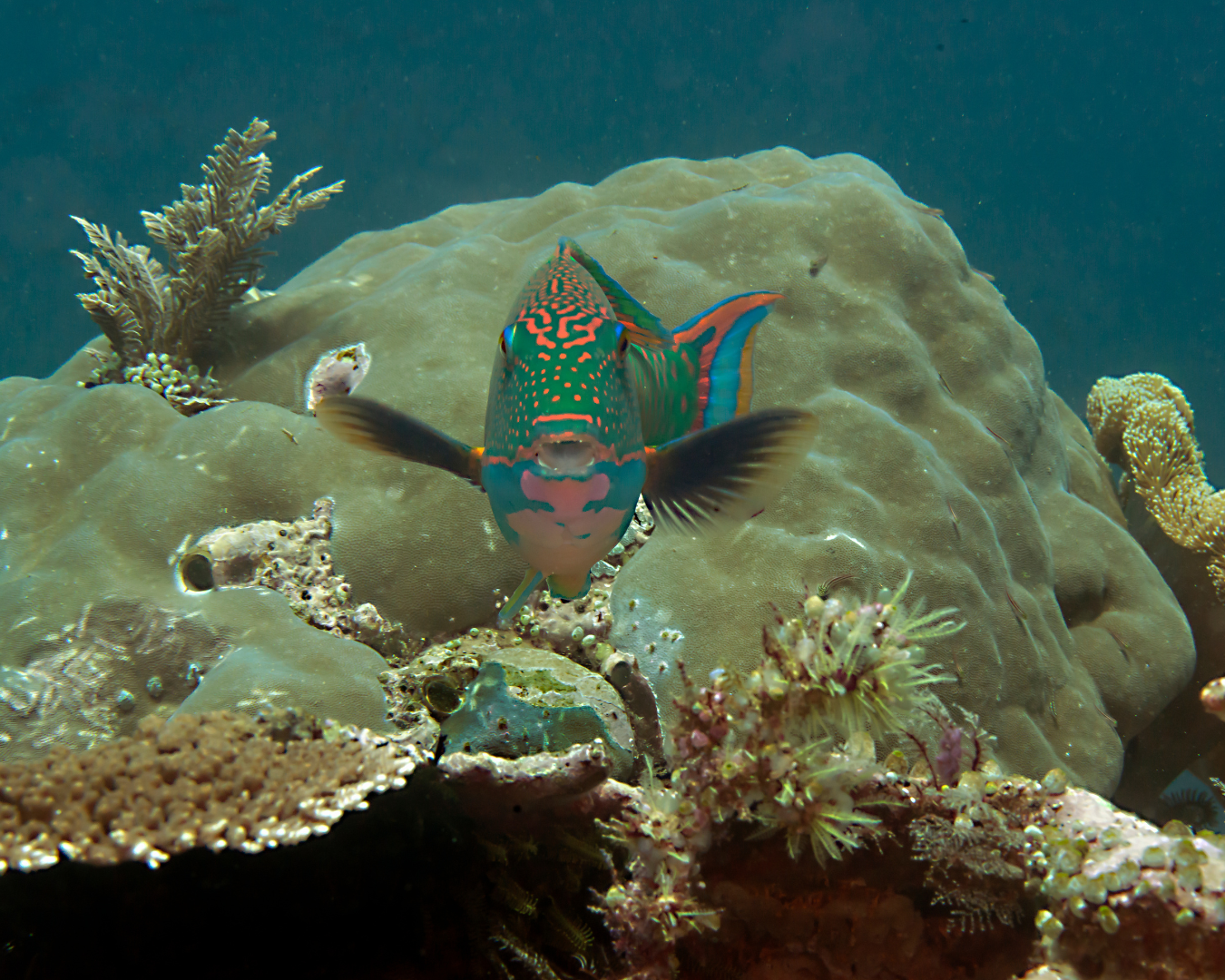
Species ID Card
Parrotfish
Want to take this species with you? Download our printable ID card to keep learning, share with others, or use in your classroom or ocean journal.
NEXT SPECIES
Meet the Reef’s Tiny Doctor: Cleaner Wrasse
They may be small, but cleaner wrasses perform one of the ocean’s most important jobs—keeping larger fish parasite-free and healthy.
